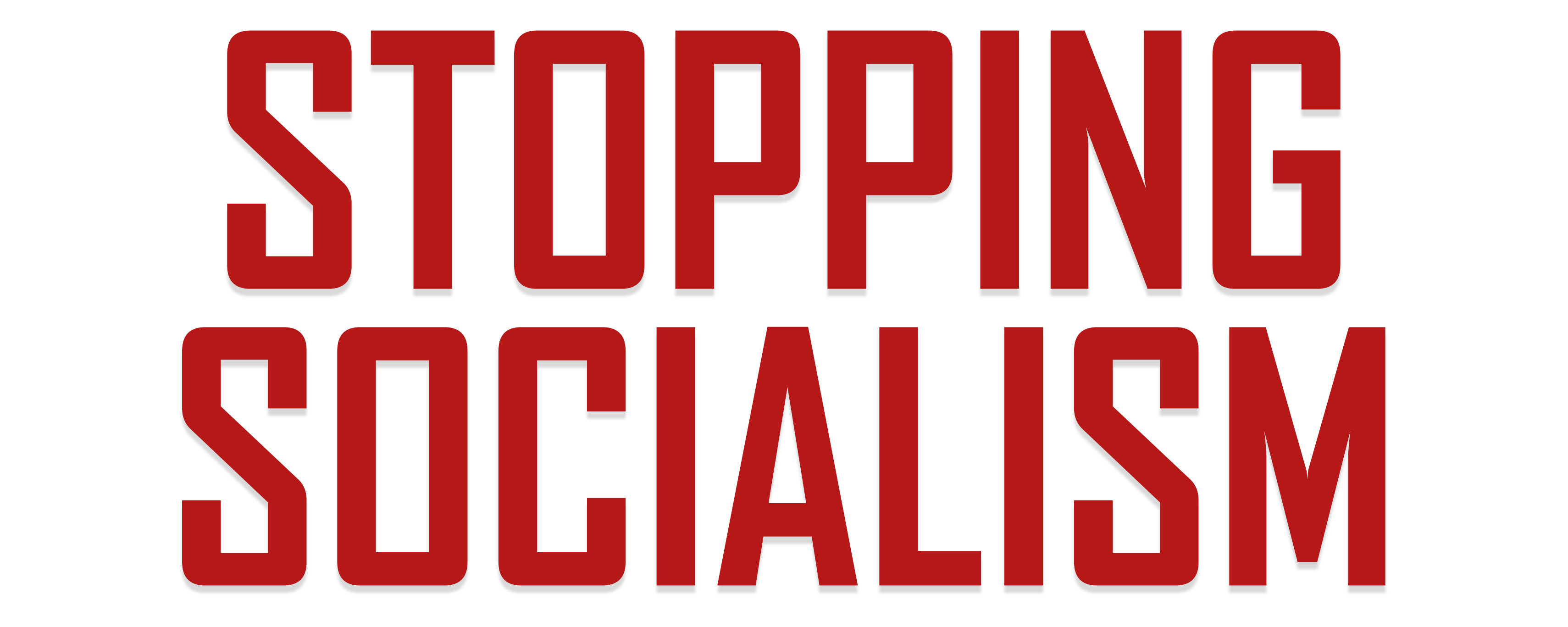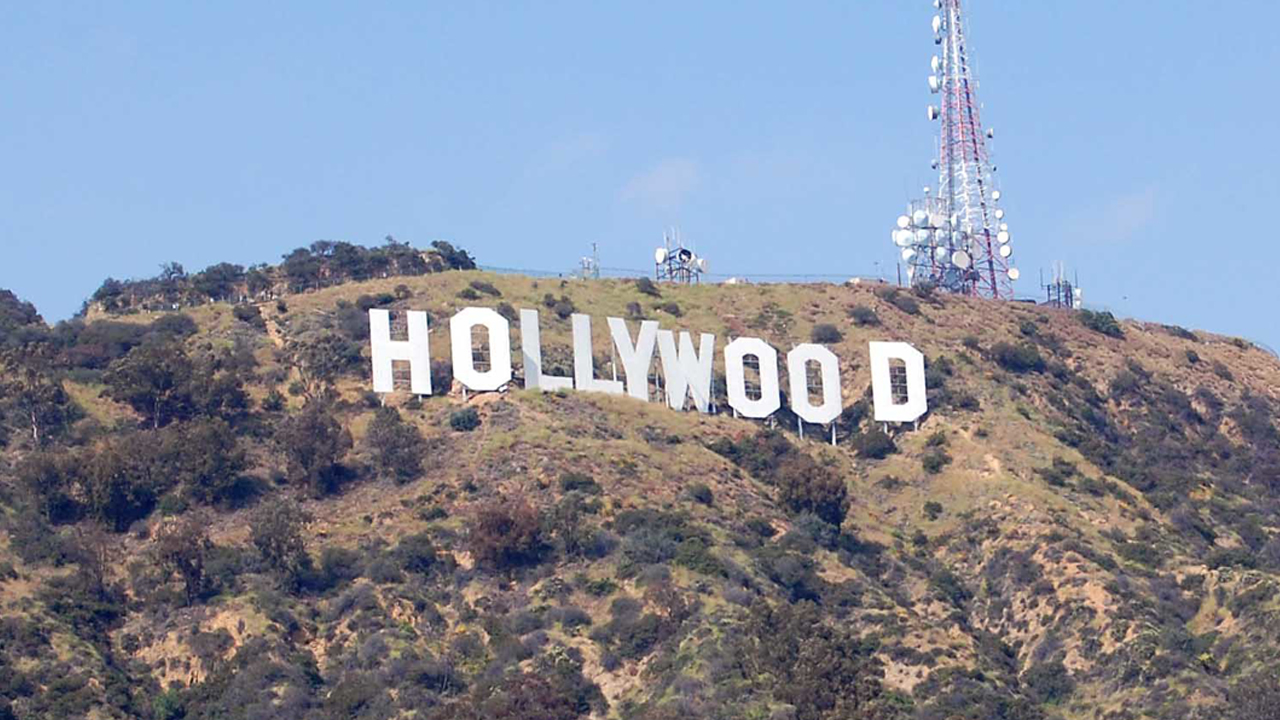Editor’s Note: This article was originally published in the December 2020 issue of Chronicles: A Magazine of American Culture. It is reprinted here with permission. The opinions contained within the article below belong to the author and do not necessarily reflect the views of StoppingSocialism.com or the rest of its contributors.
Prominent figures on the intellectual and political right are increasingly questioning the superiority of markets over government. In the cultural realm, that argument has a long history, with traditionalists arguing that market forces undermine morality and cause an ever-increasing vulgarization of culture and society. Libertarians agree that this is true but celebrate the outcomes, or at least insist that we not interfere with what they claim to be a natural process.
Both factions are wrong. Market forces did not lure content producers into providing increasingly vulgar, sensational, and anti-intellectual content. What destroyed the nation’s culture was neither market failure nor some morally corrosive quality of free markets. On the contrary, since the early years of the twentieth century, the federal government has consistently undermined the financial viability and market discipline—the responsiveness to customer desires and economic efficiency—of most of the nation’s cultural industries and institutions, including its film, radio, magazine, and television industries; its public schools and universities; and, more recently, its social media industry.
Sometimes, no doubt, such results were the unintended consequences of well-meaning policies. In other instances they were the offspring of intentional efforts to increase government power or to benefit crony interests in exchange for campaign contributions and media support.
In the early decades of the twentieth century, technological changes enabled the capture of vast audiences very quickly. Motion pictures, radio broadcasting, neon signs, pulp magazines, and electrical recording of images, music, and speech greatly extended the reach of artists, entertainers, and the impresarios who managed them. These burgeoning new media steered far clear of obscenity, excessive violence, nudity, depictions of sexual activity, explicit political messaging, and other controversial subjects. In doing so, they were responding to market forces: Attending to the desires and preferences of their audience made them successful. This culture, extremely “clean” in comparison with today’s, reflected a traditional American respect for individuality within a healthy community.
The nation’s cinema exemplified this spirit. While it is true that in the 1910s, ’20s, and ’30s, the Hollywood film industry often pushed against the boundaries of good taste, filmmakers were nonetheless careful to avoid censorship by local and state governments, which was a constant threat. In 1934, the Hollywood studios adopted the “Hollywood Production Code,” a voluntary agreement to avoid vulgar language, nudity, excessive violence, and advocacy of immorality. The industry promised that every movie would depict “the correct standards of life” and never “lower the moral standards of those who see it.” As a result, Hollywood studios enjoyed a prestige and audience appeal few areas of U.S. popular culture have ever achieved. The same successful balance was common in the rest of the nation’s cultural institutions.
The social power vested in these growing industries posed an obvious challenge to the federal government, which stepped in to break up such cultural redoubts, starting with the first big threat to politicians’ power: radio. In the 1920s, the earliest years of the new medium, the federal government claimed the authority to grant licenses to broadcast on radio and to assign the frequencies and power levels of individual stations. The Federal Radio Commission (FCR), predecessor to the Federal Communications Commission (FCC), immediately began eliminating radio stations, with the first denials of licenses being based explicitly on their programming content.
For example, in 1931, KGEF in Los Angeles, a Christian station run by evangelist Robert (“Fighting Bob”) Schuler, came under political attack for exposing widespread corruption among Los Angeles politicians. After the FRC revoked his license, Schuler appealed, but the U.S. District Court refused to reverse the revocation, stating that the radio airwaves could not be allowed to become “a theater for the display of individual passions and the collision of personal interests.” Interestingly, the American Civil Liberties Union, which had more than once been a target of Schuler’s “passions,” supported his right to broadcast as he pleased.
The use of licensing created a government-sanctioned oligopoly that concentrated power in the hands of a few politically influential companies. Those radio corporations became the major television networks after World War II. This oligopoly, too, benefited from government intrusion, as the FCC used its power over licenses and spectrum to keep fledgling networks such as DuMont and Overmyer from getting a foothold in the marketplace. In the early 1950s, FCC rule changes drove DuMont, the most innovative television network and a pioneer in programming for minority audiences, out of business. That made the remaining networks careful not to wander into the government’s crosshairs.
Greater competition in television arose only with the onset of cable distribution—a technological change that happened to bloom during the less regulation-happy Reagan administration. Even now, however, the most popular channels are owned by a few large corporations, as tax laws have made mergers and consolidation attractive. Disney-owned ESPN has become notorious for larding its sports coverage with progressive politics irritating to many of its viewers. It is, able to resist market discipline because cable and satellite TV customers must pay for its channels regardless of whether they watch them. Television today shows some sensitivity to market forces thanks to Reagan-era resistance to regulation, but it is dominated by a few multinational corporations openly hostile to the concerns of much of their audience.
The federal government attacked the movie industry just as it attacked radio and TV. After 10 years of threats and negotiations, in 1948 the Federal Trade Commission and U.S. Supreme Court forced movie studios to sell off their theaters and the film distribution companies that supplied them, arguing that this vertical integration violated the Sherman Antitrust Act of 1890, one of the signature laws that launched the Progressive Era.
Within a couple of decades, the studios were sold off to international corporate conglomerates. Hollywood now releases occasional blockbusters that finance a steady stream of politically correct money-losers that do not have to respond to market forces. And its films need not appeal to Americans if they make more from foreign audiences.
The federal government also played a central role in the disappearance of the pulp magazines, a dominant form of storytelling in the period between the two world wars. Although presented on cheap paper with lurid covers and often-sensationalistic depictions of crime, horror, action, and romance, pulp fiction’s heroes—such as the Shadow, Zorro, and Conan the Barbarian—strongly conveyed a respect for personal responsibility, hard work, self-control, and bourgeois values.
During World War II, however, the federal government commandeered the cheap paper the pulps used, inadvertently ending another cultural outlet that had been a model of consumer satisfaction, salutary product, and market discipline. The higher-cost publications benefited from the pulps’ demise, of course, and while the disappearance of the pulps may seem to be of minimal historical significance, it is important to recognize that excessive government intrusion is bad even when its effects are unintentional.
In addition to these direct actions concentrating economic power in the nation’s popular culture industries among large, international corporations resistant to market discipline, the federal government undertook numerous efforts to affect the culture from the demand side by changing the nature of the audience. Increased immigration, for example, transformed the audience by expanding the number of people not committed to traditional American values.
Perhaps even more audacious was the National Mental Health Act of 1946, which financed an explosive increase in the use and cultural reach of Freudian psychology and moved government funding of mental health treatment from the state to the national level. The stated reason for this Act was the discovery, during World War II, that a startling proportion of the nation’s population was suffering from mental illnesses, as evidenced by low morale among draftees—surely an understandable reaction to the horrors of war.
Nevertheless, this widespread anxiety experienced by those forced into what was the most violent and terrifying war in history served as the pretext to put the national government in charge of Americans’ mental health. As a measure of its competence in this realm, note that a few years later the government essentially obliterated state-level mental health care through the Community Mental Health Act of 63. The states had to move mental patients out of institutions, where they had been treated and kept safe, out into the streets, resulting in a persistent, nationwide homelessness crisis and the erosion of community safety.
Another government action that had a profound effect on the nation’s culture was the decision in New York Times Co. v. Sullivan in 1964, in which the U.S. Supreme Court ruled that a public figure claiming to have been libeled must prove malice on the part of the accused—an extremely difficult standard to meet. The decision overthrew centuries of common law and allowed journalism to degenerate into ever-greater acceptance of speculation and outright lies.
Beginning in the 1950s, the collapse of traditional obscenity standards has also been the result of federal intrusion. A series of U.S. Supreme Court decisions, notably Roth v. United States (1957), MANual Enterprises, Inc. v. Day (1962), Jacobellis v. Ohio (1964), and Memoirs v. Massachusetts (1966), plus the Clinton administration’s 1994 decision to stop all enforcement of federal obscenity laws, opened the floodgates to the universal availability of pornography, especially on the internet, where some 35 percent of all downloads are pornographic.
The Roth decision overturned the common law (and common sense) understanding that the presence of non-prurient content in a publication could not redeem its obscene material and place it under the protection of the First Amendment. According to the Court’s new “community standards” guideline, published material could be regarded as obscene only if “the dominant theme of the material taken as a whole appeals to the prurient interest” of the average person in a given local community.
But, over time, the standards of the local community fell by the wayside, and the series of aforementioned decisions following upon Roth ultimately determined that everything would be protected unless it was “patently offensive” and “utterly without redeeming social value”—a value that would left to the courts to decide. In short, federal intrusion has resulted in a forced nationalization of obscenity standards, with the government essentially declaring that only child pornography is without redeeming social value.
More recently, an area of concern has been the unjustifiable decision to grant legal immunity to social media companies. Section 230 of the Communications Decency Act of 1996, interpreted broadly, provides protection from liability to “content providers” while at the same time allowing them to censor “objectionable” content, which they do with flagrant political bias. In other words, a company like Facebook is not regarded as a publisher, and is therefore free from accountability for what appears on its platform.
This immunity has led unsurprisingly to a concentration of power among a very small number of gigantic international corporations and the removal of market discipline from the internet within our national boundaries by eliminating the risk of error in content moderation, a risk that is vastly higher for large corporations. The larger the company, the greater the gift of Section 230 immunity becomes.
In addition to all this legislative and judicial mayhem, the federal government has directed untold billions of dollars to favored cultural organizations. The government transparency watchdog Open the Books reports that in 2018 alone the government gave $2.2 billion in taxpayer money to the Corporation for Public Broadcasting, the Smithsonian Institution, the Institute of Museum and Library Services, the National Gallery of Art, the U.S. Department of Education arts programs, the John F. Kennedy Center, and the U.S. Commission of Fine Arts.
The horror stories of government-sponsored art offensive to Christians and conservatives funded by this money are well-known. Examples include the notorious grants to Andres Serrano, creator of the “Piss Christ,” and Robert Mapplethorpe, photographer of naked children and of bizarre sexual acts, as well as $30 million for a 2017 production of Shakespeare’s Julius Caesar in which the title character, made to resemble Donald Trump, is violently stabbed to death.
This taxpayer money is not going to organizations and activities dedicated to Main Street values. A 2017 Open the Books report confirmed that in 2016 almost half of the National Foundation on the Arts and Humanities grants, some $210 million, went mainly to those in New York, California, and other left-leaning states. Even more striking, in the same year, a total of 71 nonprofit organizations each with an asset base greater than $1 billion received $20.5 million in grants from the Foundation. Here, too, market discipline is absent, freeing the recipients of all this largesse to push the envelope of cultural perversity further and further.
Perhaps the most powerful force in removing traditional values from their once-dominant position in the American culture, however, is our government schools. Obviously, there is no market discipline on schools operated by government for children forced to attend by truancy laws. Freed from the need to please their customers, the nation’s schools in the past 60 years have promulgated philosophical and moral relativism, deployed bizarre pedagogical methods that fail to provide students with skills and knowledge, prevented parents from assisting in their children’s learning, and inculcated in children subservient attitudes toward the government.
Moreover, public schools have taught a tendentious view of American history that characterizes our country as a fundamentally corrupt place riven by systemic racism, sexism, religious bigotry, and other such horrors that perpetuate so-called white privilege. In addition to implanting radical political thoughts, these ideas encourage dependency in minority children by convincing them that they have little to no chance of succeeding on their own merits. In a democratic republic, dependency can serve the interests of the state by increasing the number of people who find it difficult or unappealing to take care of themselves and hence have a powerful incentive to vote themselves access to other people’s money, which is of course to be achieved through government power and an ever-expanding state bureaucracy.
To supplement this demoralization, government schools leave large numbers of students unequipped for success by implementing education fads such as new math, whole language learning, open classrooms, ungraded schools, nationally standardized testing regimes that kill innovation, Common Core standards that impose nationwide uniformity of curricula, and the like.
The problem lies not merely at the elementary and high school level. The immense infusion of government money into higher education during recent decades has removed market discipline from that world almost entirely, too, leading to the current system of leftist indoctrination in a luxurious cocoon free of any challenges to the reigning doctrine of multiculturalism and anti-Americanism. Professors holding to traditional American values are openly marginalized and are driven out whenever possible, and campus speakers who question the political shibboleths of the day are violently shouted down.
Add to all this the effects of the welfare state, which separates fathers from their children and undermines the parental example of personal responsibility and self-reliance, and it is evident that government has systematically transformed the nation’s culture. The late Andrew Breitbart’s famous claim that “politics is downstream of culture” is thus at best incomplete. The state has become a dominant partner in the nation’s culture and turns it to its own ends.
Achieving positive cultural change against all these massed forces is all but impossible through the culture itself. The cultural task for the Right today is to turn Breitbart’s adage around and recognize that the state, not market forces, is the insidious power that has undermined the nation’s culture. Systematically removing the vast web of laws and regulations that enable the state to dominate the culture is a necessary element of any attempt to reassert traditional American values.
S.T. Karnick is a senior fellow and publications director at The Heartland Institute and executive editor of Heartland Daily News.
PHOTO: Hollywood sign in California, USA. Photo by Flickr user lj16. Attribution 2.0 Generic (CC BY 2.0)
S.T. Karnick is the director of publications for The Heartland Institute. Before joining Heartland, he served as director of publications for the Hudson Institute, where he was co-founder and editor in chief of the organization's quarterly magazine, American Outlook.






